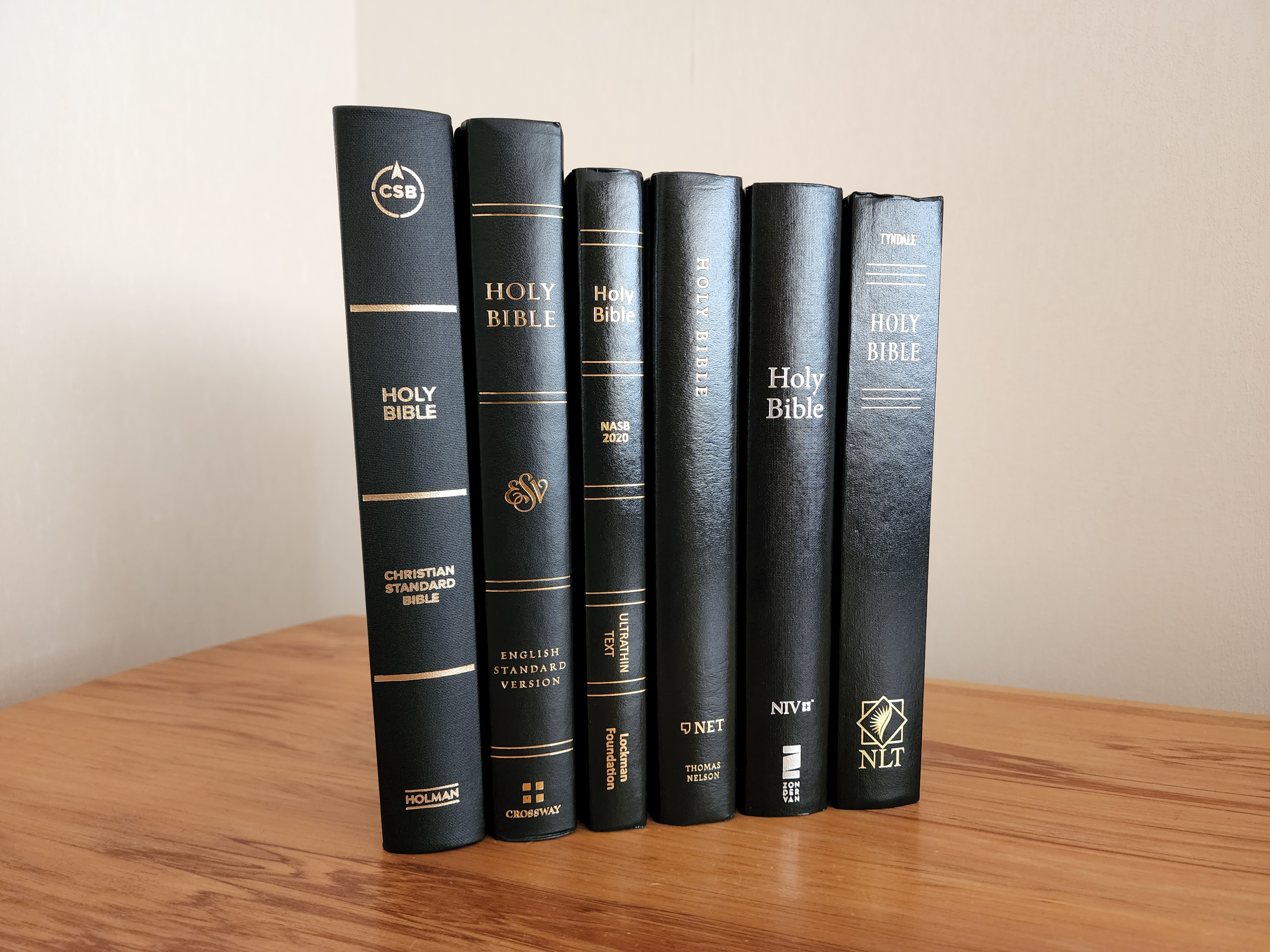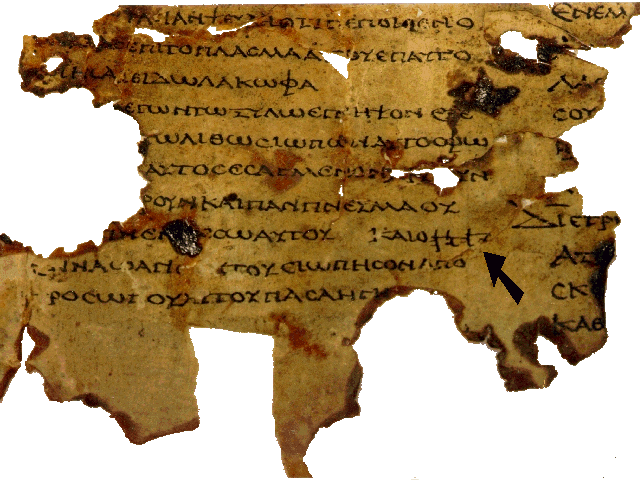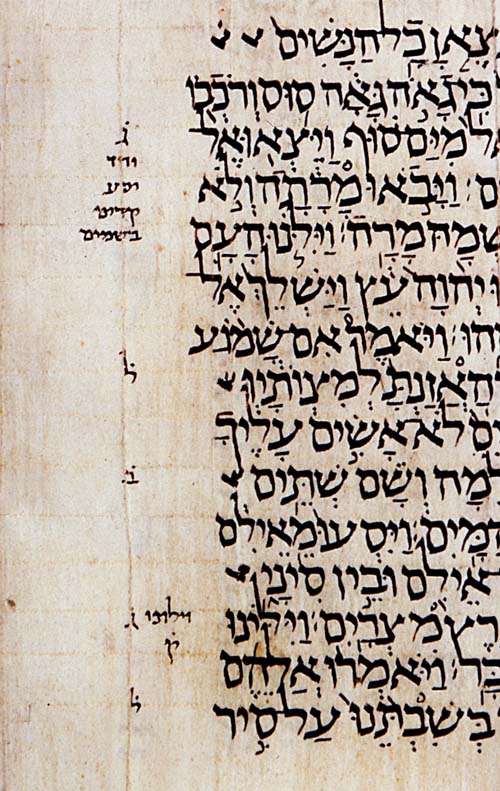|
Lists Of New Testament Manuscripts
The following articles contain lists of New Testament manuscripts: In Coptic * List of Coptic New Testament manuscripts In Greek * List of New Testament papyri * List of New Testament uncials * List of New Testament minuscules ** List of New Testament minuscules (1–1000) ** List of New Testament minuscules (1001–2000) ** List of New Testament minuscules (2001–) * List of New Testament lectionaries In Latin * ''Vetus Latina'' manuscripts § New Testament * Vulgate manuscripts § New Testament In Syriac * List of Syriac New Testament manuscripts In Ge'ez * Garima Gospel 1 and 2 See also * Biblical manuscript ** List of Hebrew Bible manuscripts ** Septuagint manuscripts * Bible translations ** Bible translations into Geʽez ** List of Bible translations by language * Categories of New Testament manuscripts * ''Novum Testamentum Graece'' {{DEFAULTSORT:New Testament manuscripts New Testament The New Testament (NT) is the second division of the ... [...More Info...] [...Related Items...] OR: [Wikipedia] [Google] [Baidu] |
List Of Coptic New Testament Manuscripts
Coptic language, Coptic-language manuscripts of the New Testament include some of the earliest and most important witnesses for textual criticism of the New Testament. Almost 1000 Coptic manuscripts of the New Testament have survived into the 21st century. The majority of them represent Sahidic and Bohairic dialects; only very few manuscripts represent the dialects of Middle Egypt. Sahidic manuscripts * The ''Crosby-Schøyen Codex'', Book of Jonah and First Epistle of Peter, 1 Peter; the 3rd or 4th centuries; University of Mississippi * British Library MS. Oriental 7594, Deuteronomy, Jonah, and Acts; the 3rd/4th century * Michigan MS. Inv 3992, 1 Corinthians, Titus, and the Book of Psalms; 4th century * Berlin MS. Or. 408, Book of Revelation, 1 John, and Epistle to Philemon, Philemon; 4th century * British Library MS. Oriental 3518 4th century * Papyrus Bodmer III * Papyrus Bodmer XIX — Matthew 14:28-28:20; Romans 1:1-2:3; 4th or 5th century. * Freer Fragment no. 2 — Matthe ... [...More Info...] [...Related Items...] OR: [Wikipedia] [Google] [Baidu] |
Garima Gospels
The Garima Gospels are three ancient Geʽez manuscripts containing all four canonical Gospel Books, as well as some supplementary material like lists of Gospel chapters. Garima 2, the earliest, is believed to be the earliest surviving complete illuminated Christian manuscript. Monastic tradition holds that the first two were composed close to the year 500, a date supported by recent radiocarbon analysis; samples from Garima 2 proposed a date of 390–570, while counterpart dating of samples from Garima 1 proposed a date of 530–660. The third manuscript is thought to date to a later period. The artwork in the manuscripts of the Garima Gospels also demonstrates their affinity to Christian artwork in late antique Coptic Egypt, Nubia, and Himyar (Yemen). Together, the manuscripts provide the major witness to the Ethiopic version of the Gospels and have been applied as proof texts for the creation of critical editions of the Ethiopic Gospels by Rochus Zuurmond (Gospel of Mark, 19 ... [...More Info...] [...Related Items...] OR: [Wikipedia] [Google] [Baidu] |
Novum Testamentum Graece
(''The New Testament in Greek'') is a critical edition of the New Testament in its original Koine Greek published by ''Deutsche Bibelgesellschaft'' (German Bible Society), forming the basis of most modern Bible translations and biblical criticism. It is also known as the Nestle–Aland edition after its most influential editors, Eberhard Nestle and Kurt Aland. The text, edited by the Institute for New Testament Textual Research, is currently in its 28th edition, abbreviated NA28. The title is sometimes applied to the United Bible Societies (UBS) edition, which contains the same text (its fifth edition referred to as ''UBS5'', contains the text from NA28). The UBS edition is aimed at translators and so focuses on variants that are important for the meaning whereas the NA includes more variants. Methodology The Greek text as presented is what biblical scholars refer to as the " critical text". The critical text is an eclectic text compiled by a committee that compares rea ... [...More Info...] [...Related Items...] OR: [Wikipedia] [Google] [Baidu] |
Categories Of New Testament Manuscripts
New Testament manuscripts in Greek can be categorized into five theoretical groups, according to a schema introduced in 1981 by Kurt and Barbara Aland in ''The Text of the New Testament''. The categories are based on how each manuscript relates to the various theorized text-types. Generally speaking, earlier Alexandrian manuscripts are category I, while later Byzantine manuscripts are category V. Aland's method involved considering 1000 passages where the Byzantine text differs from non-Byzantine text. The Alands did not select their 1000 readings from all of the NT books; for example, none were drawn from Matthew and Luke. Description of categories The Alands' categories do not simply correspond to the text-types; all they do is demonstrate the 'Byzantine-ness' of a particular text; that is, how much it is similar to the Byzantine text-type, from least (Category I) to most similar (Category V). Category V can be equated with the Byzantine text-type, but the other categori ... [...More Info...] [...Related Items...] OR: [Wikipedia] [Google] [Baidu] |
List Of Bible Translations By Language
The Bible is the most translated book in the world, with more translations (including an increasing number of sign languages) being produced annually. According to Wycliffe Bible Translators, in September 2024, speakers of 3,765 languages had access to at least a book of the Bible, including 1,274 languages with a book or more, 1,726 languages with access to the New Testament in their native language and 756 the full Bible. It is estimated by Wycliffe Bible Translators that translation may be required in 985 languages where no work is currently known to be in progress. They also estimate that there are currently around 3,526 languages in 173 countries which have active Bible translation projects (with or without some portion already published). Geographically * Bible translations into the languages of Africa * Bible translations into the languages of China * Bible translations into the languages of Europe * Bible translations into the languages of France * Bible translations i ... [...More Info...] [...Related Items...] OR: [Wikipedia] [Google] [Baidu] |
Bible Translations Into Geʽez
Bible translations into Geʽez, an ancient South Semitic language of the Ethiopian branch, date back to the 6th century at least, making them one of the world's oldest Bible translations. Translations of the Bible in Geʽez, in a predecessor of the Geʽez script which did not possess vowels, were created between the 5th and 7th century, soon after the Christianization of Ethiopia in the 4th century. This took place in a period of time alongside which other canonical and liturgical texts were being translated into Geʽez, as is indicated by the Aksumite Collection. The Garima Gospels are the oldest translation of the Bible in Geʽez and the world's earliest complete illustrated Christian manuscript. Monastic tradition holds that they were composed close to the year 500, a date supported by recent radiocarbon analysis; samples from Garima 2 proposed a date of 390–570, while counterpart dating of samples from Garima 1 proposed a date of 530–660. The Garima Gospels is als ... [...More Info...] [...Related Items...] OR: [Wikipedia] [Google] [Baidu] |
Bible Translations
The Christian Bible has been translated into many languages from the biblical languages of Hebrew, Aramaic, and Greek. the whole Bible has been translated into 756 languages, the New Testament has been translated into an additional 1,726 languages, and smaller portions of the Bible have been translated into 1,274 other languages. Thus, at least some portions of the Bible have been translated into 3,756 languages. Textual variants in the New Testament include errors, omissions, additions, changes, and alternate translations. In some cases, different translations have been used as evidence for or have been motivated by doctrinal differences. Original text Hebrew Bible The Hebrew Bible was mainly written in Biblical Hebrew, with some portions (notably in Daniel and Ezra) in Biblical Aramaic. Some of the Deuterocanonical books not accepted in every denomination's canons, such as 2 Maccabees, originated in Koine Greek. In the third and second centuries B.C.E., the Hebr ... [...More Info...] [...Related Items...] OR: [Wikipedia] [Google] [Baidu] |
Septuagint Manuscripts
The earliest surviving manuscripts of the Septuagint (abbreviated as LXX meaning 70), an ancient (first centuries BCE) translation of the ancient Hebrew Torah into Koine Greek, include three 2nd century BCE fragments from the books of Leviticus and Deuteronomy ( Rahlfs nos. 801, 819, and 957) and five 1st century BCE fragments of Genesis, Exodus, Leviticus, Numbers, and Deuteronomy (Rahlfs nos. 802, 803, 805, 848, and 942), only. The vast majority of Septuagint manuscripts are late-antiquity and medieval manuscript versions of the Christian Greek Old Testament tradition. Classification There are currently over 2,000 classified manuscripts of the Greek Old Testament. The first list of manuscripts was presented by Holmes and Parsons, of which their edition ends with a full list of manuscripts known to them. It enumerates 311 codes (marked with Roman numerals I–XIII and Arabic numerals 14–311), which are designated by their siglum I–XIII, 23, 27, 39, 43, 156, 188, 190, ... [...More Info...] [...Related Items...] OR: [Wikipedia] [Google] [Baidu] |
List Of Hebrew Bible Manuscripts
A Hebrew Bible manuscript is a handwritten copy of a portion of the text of the Hebrew Bible (Tanakh) made on papyrus, parchment, or paper, and written in the Hebrew language (some of the biblical text and notations may be in Aramaic). The oldest manuscripts were written in a form of scroll, the medieval manuscripts usually were written in a form of codex. The late manuscripts written after the 9th century use the Masoretic Text. The important manuscripts are associated with Aaron ben Asher (especially Leningrad/Petrograd Codex). The earliest sources (whether oral or written) of the Hebrew Bible disappeared over time because of the fragility of media, wars (especially the destruction of the First and Second Temple) and other intentional destructions. As a result, the lapse of time between the original manuscripts and their surviving copies is much longer than in the case of the New Testament manuscripts. The first list of the Old Testament manuscripts in Hebrew, made by Benj ... [...More Info...] [...Related Items...] OR: [Wikipedia] [Google] [Baidu] |
Biblical Manuscript
A biblical manuscript is any handwritten copy of a portion of the text of the Bible. Biblical manuscripts vary in size from tiny scrolls containing individual verses of the Jewish scriptures (see '' Tefillin'') to huge polyglot codices (multi-lingual books) containing both the Hebrew Bible (Tanakh) and the New Testament, as well as extracanonical works. The study of biblical manuscripts is important because handwritten copies of books can contain errors. Textual criticism attempts to reconstruct the original text of books, especially those published prior to the invention of the printing press. Hebrew Bible (or Tanakh) manuscripts The Aleppo Codex () and Leningrad Codex () were once the oldest known manuscripts of the Tanakh in Hebrew. In 1947, the finding of the Dead Sea Scrolls at Qumran pushed the manuscript history of the Tanakh back a millennium from such codices. Before this discovery, the earliest extant manuscripts of the Old Testament were in Greek, in manuscript ... [...More Info...] [...Related Items...] OR: [Wikipedia] [Google] [Baidu] |
List Of Syriac New Testament Manuscripts
Syriac-language manuscripts of the New Testament include some of the earliest and most important witnesses for textual criticism of the New Testament. Over 350 Syriac manuscripts of the New Testament have survived into the 21st century. The majority of them represent the Peshitta version. Only a very few manuscripts represent Old Syriac versions. Some manuscripts represent a mixed or eclectic text. Manuscripts housed at the British Library, Additional Manuscripts Manuscripts housed in the Bodleian Library * Dawkins 27, * Huntington MS 133 — Bodleian Library [Baidu] |
List Of New Testament Papyri
A New Testament papyrus is a copy of a portion of the New Testament made on papyrus. To date, over 140 such papyri are known. In general, they are considered the earliest witnesses to the original text of the New Testament. This elite status among New Testament manuscripts only began in the 20th century. The grouping was first introduced by Caspar René Gregory, who assigned papyri texts the Blackletter character 𝔓 followed by a superscript number. This number refers not to the age of the papyrus, but to the order in which it was registered.Law 2012, p. 95 Before 1900, only 9 papyri manuscripts were known, and only one had been cited in a critical apparatus ( by Constantin von Tischendorf). These 9 papyri were just single fragments, except for , which consisted of a single whole leaf. The discoveries of the twentieth century brought about the earliest known New Testament manuscript fragments. Kenyon in 1912 knew 14 papyri, Aland in his first edition of ''Kurzgefasste...'' in ... [...More Info...] [...Related Items...] OR: [Wikipedia] [Google] [Baidu] |








